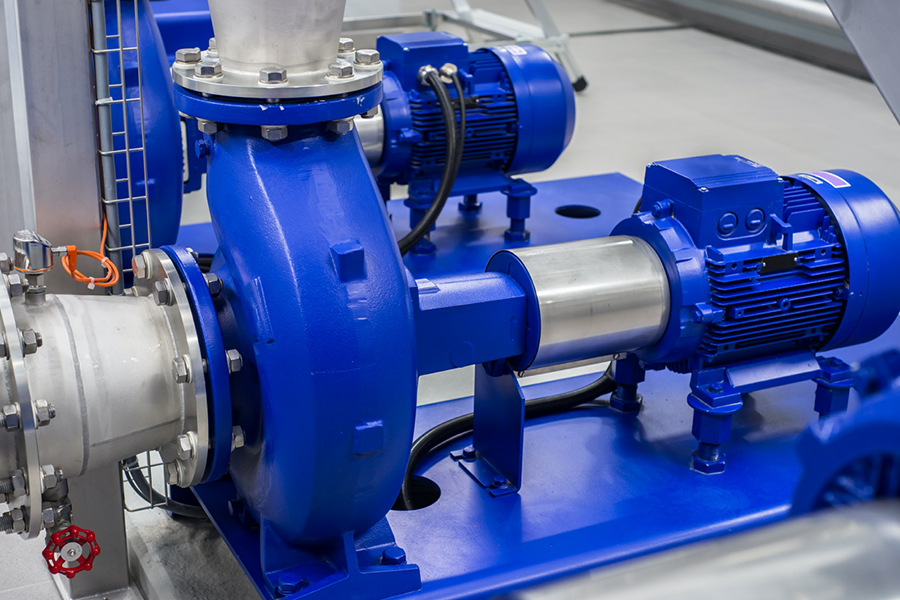Wholesale Cheap asynchronous and synchronous motor Wholesaler
In modern industry and daily life, electric motors play a vital role. Among them, asynchronous motor and synchronous motor are two common motor types. They have significant differences in their uses, working principles and application fields.
Let’s explore these two motors starting with how they work. As the name suggests, the asynchronous motor's rotor speed is always lower than the synchronous speed of its stator magnetic field. This speed difference, also called slip, is key to the operation of asynchronous motors. The working principle of asynchronous motor is based on electromagnetic induction. When the stator winding is supplied with alternating current, a rotating magnetic field will be generated in the stator. This rotating magnetic field generates current in the rotor through electromagnetic induction, which in turn generates torque, causing the rotor to rotate. Due to the resistance and inductance characteristics of the rotor, there is a phase difference between the rotor current and the stator current, causing the rotor speed to be lower than the synchronous speed.
In contrast, the rotor speed of a synchronous motor is completely synchronized with the speed of the stator magnetic field. The rotor of a synchronous motor can be permanent magnet or electromagnetic. In an electromagnetic synchronous motor, the rotor windings interact with the stator magnetic field to generate synchronous rotational torque. Due to the synchronization of the rotor and stator magnetic fields, synchronous motors usually require a starting process to establish an initial rotating magnetic field.
In terms of use, asynchronous motors are widely used in industrial drives, household appliances, commercial equipment and other fields because of their simple structure, low cost, easy maintenance and good self-starting ability. For example, asynchronous motors are widely used in compressors in household appliances such as air conditioners, refrigerators, and washing machines, as well as pumps, fans, and other equipment in industry. In addition, the variable speed drive technology of asynchronous motors also allows them to be used in situations where speed regulation is required.
Synchronous motors are widely used in situations that require high-precision speed control and high-power output due to their high efficiency, good speed stability, and ability to provide reactive power support. For example, in power systems, synchronous motors are often used in generators and condensers; in heavy industries such as steel and chemicals, synchronous motors are used to drive large machinery; in high-speed trains and elevators that require extremely high speed stability, synchronous motors The motor also plays an important role.
In terms of application fields, asynchronous motors and synchronous motors have their own strengths. Due to its simple structure, asynchronous motors are suitable for occasions that do not require high speed control. Synchronous motors, because of their high-precision speed control capabilities, are suitable for situations where precise speed control is required. In addition, the ability of synchronous machines to provide reactive power support gives them an important role in power system stability and voltage regulation.
In terms of starting characteristics, asynchronous motors have self-starting capabilities and do not require additional starting equipment, which makes the starting process simpler. Synchronous motors require a starting process to establish an initial rotating magnetic field, which may require additional starting equipment or complex control strategies.
In terms of maintenance, asynchronous motors have relatively low maintenance costs due to their simple structure. Synchronous motors, especially electromagnetic synchronous motors, may require more professional maintenance due to the complexity of their control systems.
To sum up, asynchronous motors and synchronous motors each have their own characteristics and advantages. Asynchronous motors dominate many application fields due to their simplicity, economy, and ease of maintenance. Synchronous motors, with their high efficiency, high-precision speed control and reactive power support, play an important role in situations where high-performance motors are required.

 English
English 中文简体
中文简体 عربى
عربى










